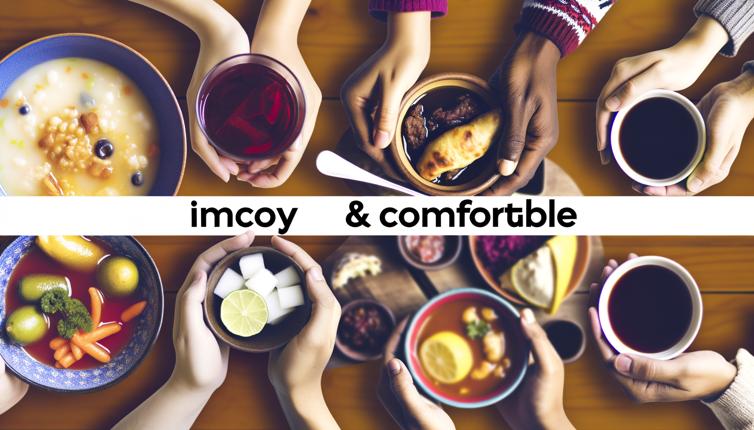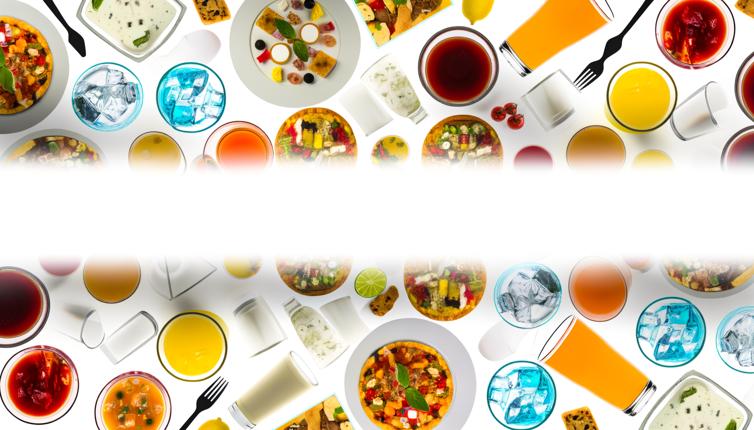Cultural Traditions and Food Choices
Cultural traditions and customs heavily influence the types of foods and beverages consumed in different parts of the world. For example, in Asian cultures, rice is a staple food and is often served with a variety of dishes. In Middle Eastern cultures, lamb and poultry are commonly used in traditional dishes. Understanding these traditions helps us create menus that cater to specific cultural preferences.,Furthermore, religious beliefs also play a significant role in shaping food choices. For instance, in Hinduism, many people avoid consuming beef due to religious beliefs. Similarly, in Islam, pork is prohibited, and halal dietary guidelines are followed. By considering these religious dietary restrictions, we can ensure that our offerings align with cultural and religious preferences.
Flavor Profiles and Ingredient Preferences
Each culture has its own unique flavor profiles and ingredient preferences. For example, Mexican cuisine is known for its bold and spicy flavors, with ingredients like chili peppers, lime, and cilantro commonly used. On the other hand, Mediterranean cuisine often features fresh herbs, olive oil, and citrus fruits, resulting in a lighter and tangier flavor profile.,By understanding these flavor profiles, we can incorporate the appropriate ingredients and seasonings in our food and beverage offerings to cater to specific cultural tastes. For example, offering spicy options for customers who enjoy bold and fiery flavors, or providing lighter and citrus-infused options for those who prefer a tangier taste.
Adapting Menus for Cultural Preferences
In order to cater to diverse tastes and preferences, it is important to adapt menus to accommodate different cultural preferences. This can involve offering a variety of vegetarian, vegan, gluten-free, or dairy-free options to cater to specific dietary restrictions and preferences.,Additionally, it is crucial to conduct market research and gather feedback from customers to understand their specific cultural preferences. This can help determine which dishes and flavors are most popular among different cultural groups. By incorporating these insights into menu planning, we can create a dining experience that celebrates and respects cultural diversity.,Furthermore, collaboration with local chefs and experts from different cultural backgrounds can provide valuable insights and expertise in creating authentic dishes that cater to specific cultural tastes and preferences.
Conclusion
In conclusion, cultural influences play a significant role in shaping food and beverage choices. By understanding and appreciating these influences, we can create menus and offerings that cater to diverse tastes and preferences. Whether it's adapting menus to accommodate dietary restrictions or incorporating authentic flavors and ingredients, embracing cultural diversity in the culinary world can lead to a richer and more inclusive dining experience.









